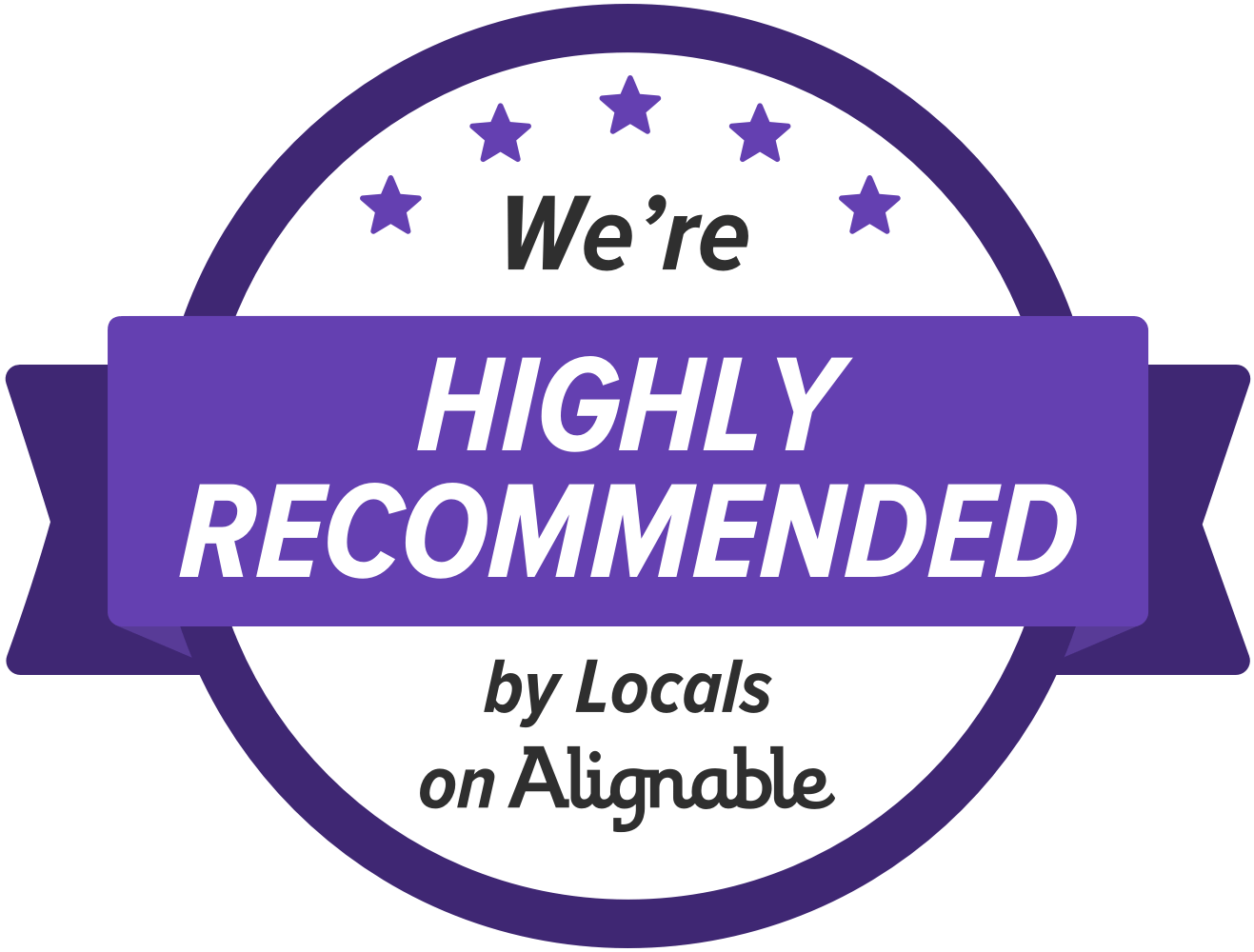Overcoming Challenges of Responsive Web Design for Nonprofits
Running a nonprofit organization takes work. From limited budgets and resources to little technical expertise, you must constantly find new and creative ways to effectively use your website to engage with your audience and reach your goals.
Fortunately, there are a few strategies that you can implement to ensure that your website is optimized for success. This article offers practical advice on how to address the key challenges nonprofit organizations face regarding web design.
1. Invest in Responsive Web Design
Creating optimized content for mobile devices is a worthwhile investment, especially when a website's design is considered. This includes ensuring that images, videos, and text are all appropriately sized and appear correctly on different phones and tablets. Organizations should also make the buttons, links, and forms easy to use and navigate. By prioritizing a responsive design, you can improve your nonprofit website's Search Engine Optimization (SEO) efforts.
2. Focus on Accessibility
When it comes to web design, non-exclusivity is key. The website must be created in a way that considers every user's needs, including people with disabilities. You can provide short, concise content that is appropriately labeled and formatted so that assistive technologies, such as screen readers, can understand them. Apart from that, nonprofit websites may look into using HTML, and ARIA attributes that make content accessible to everyone, regardless of ability.
3. Optimize for Speed
Page loading speeds are significant for a website’s success; the longer it loads, the less likely people are to stay. To ensure that nonprofit websites are optimized for speed, developers should focus on minifying code, compressing images, and leveraging caching and content delivery networks (CDNs). Additionally, developers should pay close attention to server response times and confirm that third-party services are correctly configured and optimized for speed.
4. Leverage Analytics
Analytics is critical for understanding how visitors interact with nonprofit websites. Tools like Google Analytics or Adobe Analytics can offer invaluable insights into user behavior, allowing developers to identify areas of improvement and optimize their websites accordingly. Data can also be used to find areas of improvement, such as faster loading times, better navigation, and more relevant content. By taking these into account, you can make sure that your nonprofit website is optimized for visitors to have a positive experience.
5. Design for Conversion
Nonprofits need to create a website that motivates people to take action. This can be done by ensuring the website has clear and direct calls to action, like making donations or subscribing to a newsletter. Also, providing links to other websites and resources may help draw people in. Lastly, A/B testing can test different web pages and see which converts the most visitors.
In Conclusion
Addressing challenges in nonprofit design requires a careful balance between functionality, aesthetics, and cost-effectiveness. By utilizing the latest website design trends, incorporating user-friendly features and interfaces, and understanding the target audience's needs, nonprofits can create an effective website that will help them reach their goals.
Partner with Easy-Click Web Design to make your small business or nonprofit organization stand out online. We specialize in creating websites that are tailored to your needs. Contact us in Phoenix, AZ, to learn more about our
graphic design services.
Share
Ready to get started ?
Call us at 623.688.3741
All Rights Reserved | Easy-Click Web Design | JCT LLC | Terms of Service















